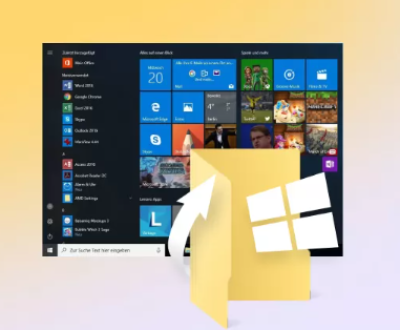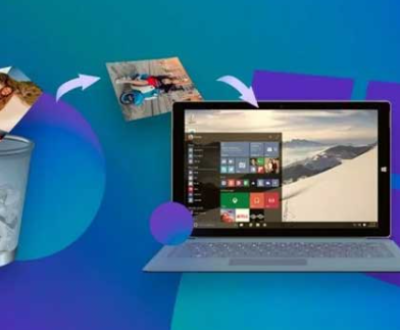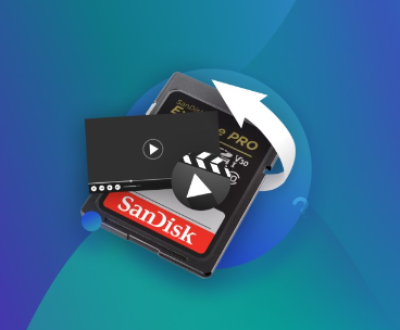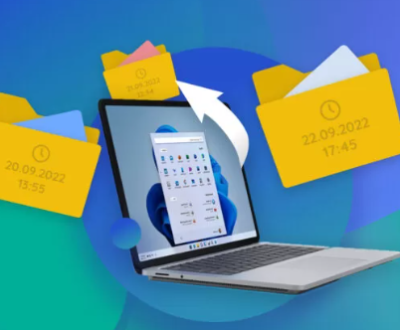When it comes to data loss, few things are as frustrating as accidentally deleting important photos from an SD card. Whether it’s a mistake made during a camera transfer or an SD card that was accidentally formatted, losing your cherished memories can feel devastating. Fortunately, photo recovery from an SD card is not an impossible task.
Step 1: Stop Using the SD Card Immediately
The first and most critical rule in recovering deleted photos from an SD card is to stop using it immediately. The longer you continue to use the SD card after data loss, the higher the chances that new data will overwrite the deleted files, making recovery much more difficult or even impossible. Therefore, eject the SD card from your device (camera, phone, or computer) and do not use it until the recovery process is complete.

Step 2: Choose the Right Recovery Tool
Panda Assistant Data recovery software is a powerful and user – friendly tool designed to solve various data loss problems. Whether you’ve accidentally deleted important files, suffered from a hard drive crash, or encountered issues due to system errors, this software comes to the rescue.
One of its remarkable features is its wide range of supported file types. It can recover documents, photos, videos, audio files, and more. The intuitive interface makes it accessible even to those with limited technical knowledge. You don’t need to be a computer expert to operate it.
Moreover, the software has a high – speed scanning algorithm. It can quickly scan your storage devices, including hard drives, USB flash drives, and memory cards, to locate the lost data accurately. The recovery rate is also quite impressive, ensuring that you can get back as much of your precious data as possible. In short, Panda Assistant Data recovery software is a reliable choice for anyone facing data loss situations.
Step 3: Download and Install the Recovery Software
Once you have chosen your recovery tool, the next step is to download and install it on your computer. Most data recovery software is available for both Windows and macOS, but it’s always a good idea to check the system requirements to ensure compatibility.
For Windows:
Go to the website of the recovery tool you’ve chosen and download the setup file.
Run the setup file and follow the on-screen instructions to install the software.
For macOS:
Visit the official website of the recovery tool and download the macOS version.
Open the downloaded file and follow the instructions to complete the installation.
Step 4: Connect the SD Card to Your Computer
Next, you will need to connect the SD card to your computer. If your computer has an SD card reader, simply insert the card into the reader. If not, you can use a USB SD card adapter or a camera with a USB cable to connect the SD card to the computer.
Step 5: Run the Recovery Software
Once the SD card is connected, launch the recovery software you installed. Most tools will show you a list of available drives, including the SD card. Select your SD card from the list and click on the “Scan” or “Start Scan” button. This process can take anywhere from a few minutes to several hours, depending on the size of the SD card and the complexity of the data loss.
Step 6: Choose the Scan Type (Quick or Deep Scan)
Most recovery software offers two types of scanning options: a quick scan and a deep scan.
Quick Scan: This option looks for files that have been recently deleted. It’s faster and works well if you’ve deleted the photos recently and haven’t overwritten the data.
Deep Scan: This option takes longer but is much more thorough. It searches the entire SD card for any recoverable files, including those that may have been deleted a while ago.
If you’ve just deleted your photos, the quick scan should suffice. However, if the photos are older or you’ve formatted the SD card, it’s best to perform a deep scan.
Step 7: Preview and Select Files for Recovery
Once the scan is complete, the recovery software will display a list of all recoverable files, including photos. Most software will let you preview the files before recovery, so you can confirm that the photos you need are indeed recoverable.
Use the filters or search bar to locate the specific photos you want to recover. Once you find them, select the files for recovery.
Step 8: Save the Recovered Files to a Safe Location
After selecting the files, choose a safe location to save them. It’s crucial not to save the recovered photos back to the same SD card, as this could overwrite the very data you’re trying to recover. Instead, save the files to your computer’s hard drive or another external storage device like a USB drive.
Step 9: Back Up Your Photos
Once your photos are recovered, it’s a good idea to back them up in multiple locations. Consider using cloud storage, an external hard drive, or another SD card to ensure that your photos are safe from future loss.
Step 10: Reformat the SD Card (Optional)
If you’ve recovered all the data from your SD card and everything is in good condition, it’s a good idea to reformat the SD card. Reformatting will remove any potential issues caused by file system corruption and allow the SD card to function properly again.
For Windows:
Open “This PC.”
Right-click on the SD card and select “Format.”
Choose the file system (usually FAT32 or exFAT) and click “Start.”
For macOS:
Open “Disk Utility.”
Select the SD card and click “Erase.”
Choose the file system (usually FAT32 or exFAT) and click “Erase.”
Troubleshooting: What to Do if the Recovery Doesn’t Work
In some cases, the recovery software may not find your photos, or the photos may not be recoverable due to data corruption or damage to the SD card. If this happens, there are a few things you can try:
Try Another Software: Different software uses different recovery algorithms, so if one tool doesn’t work, try another. Sometimes, specialized tools like PhotoRec can find files that other software might miss.
Check for Physical Damage: If your SD card is physically damaged (e.g., cracked or bent), it may be difficult or impossible to recover files from it without professional help.
Consult a Professional Data Recovery Service: If your SD card is severely damaged or you’ve tried multiple recovery tools without success, consider contacting a professional data recovery service. These experts use advanced techniques and equipment to recover data from damaged or corrupted storage devices.
Preventing Future Data Loss
To avoid losing photos in the future, here are some tips:
Regular Backups: Make it a habit to back up your photos regularly to cloud storage or an external hard drive.
Use Reliable SD Cards: Invest in high-quality SD cards from reputable brands. Cheap or counterfeit cards are more prone to data loss.
Safely Eject the SD Card: Always eject the SD card properly from your device to prevent file corruption.
Avoid Overwriting: Don’t use the SD card to store new data if you’re trying to recover deleted files. Always stop using it immediately after data loss.
About us and this blog
Panda Assistant is built on the latest data recovery algorithms, ensuring that no file is too damaged, too lost, or too corrupted to be recovered.
Request a free quote
We believe that data recovery shouldn’t be a daunting task. That’s why we’ve designed Panda Assistant to be as easy to use as it is powerful. With a few clicks, you can initiate a scan, preview recoverable files, and restore your data all within a matter of minutes.
Subscribe to our newsletter!
More from our blog
See all postsRecent Posts
- How to restore deleted images 2025-06-30
- How to restore a deleted file on windows 2025-06-30
- is there any way to restore deleted photos 2025-06-30

 Try lt Free
Try lt Free Recovery success rate of up to
Recovery success rate of up to









